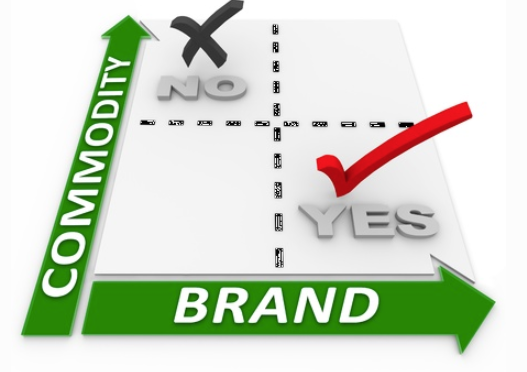Does the pain of writing outweigh the gains that you will receive from writing?
Tips and treats for the new Coach! by Maria Biquet
The following tips are a summary of my 11 years’ experience as a Coach, Coach Supervisor and Professional Coaches Trainer.
Devising the best Business Brand for Coaching Practice by Lisa Haydon (guest)
I chose the profession of coaching because I want to help others and am passionate about making a difference. I believe I bring experience, insights, and training to my work. I and my fellow coaches want to be the best for our clients and to do great work. Organizations and professionals who have worked with coaches can attest to the impact coaching has had on them.
Strategy for a Gig economy by John Bittleston (guest)
Before we examine the way larger companies approach strategy we’ll look at the apparently not so well understood gig economy. They call themselves consultants, advisors, experts, mentors, coaches, trainers, financial consultants, psychologists, therapists, insurance advisers and many other things. I am one of them. A small
2021 Coaching Report: Benchmarking a Coach's Practice and Business by Yvonne Thackray
The results shared in this report aims to fill in key gaps on what it takes to be a coach, and what’s involved in having a sustainable career in coaching. Where useful, we’ve also added some key insights and frameworks for coaches to consider alongside their own practice.
Leading like an owner by Pradip Shroff
A coaching case report on helping a Project engineer lead the project like an owner by Pradip Shroff CEO Coach, Mumbai
8 Myths and Truths About Coaching by Maria Biquet and Yvonne Thackray
For Maria and Yvonne, after working for a combined years of 20+ years and collectively over 350 clients around the world, it’s been a while since we’ve taken those training wheel off and in each of our ways moved to that curiosity stage of all the different components that makes coaching coaching. We wanted to share from our experiences some of the myths we hold that when we begin to explore in more detail, that there is more to consider than what meets the eye.
A systematic approach to turning around a slump in self confidence by Katy Tuncer
Like many coaches, I often have clients report increased self-confidence following a particularly high impact series of 1:1 coaching sessions. So, here is a simple five-step process that I have seen work wonders, when applied patiently and diligently.
Ethical Dilemmas in Coaching Today by Maria Biquet
I was wondering what kind of dilemmas my colleagues had. I could find books about potential dilemmas but I wanted to find out what the actual dilemmas were. So my curiosity led me to partner with the EMCC Global and design the survey on "Ethical Dilemmas in Coaching Today".
CULTURAL BRIDGES: Exploring Effective Approaches to Coaching Leaders from East Asia by Lesley Hayman and Jane Darvill-Evans
Our aim is to explore the key differences experienced by coaches when working with leaders from East Asia, the possible causes for these differences, and practical tips to help coach leaders in East Asia with greater insight and confidence.
"Help from each one, Helps everyone". A Coaching case on leading a team, when you do not have direct authority, with an innovative extension of Appreciative inquiry by Pradip Shroff CEO Coach
The transition from leading a team of operations managers of one SBU to the position of Lead Sales director for a major customer was a double challenge.
My journey from operating as a Consultant who also occasionally, bolted on coaching, to appreciating more fully what Coaching can bring by Gamiel Yafai
At the start of this year one of my goals was to complete an Executive Coaching qualification mainly to rubber stamp my many years experience, and as a backup for tenders and other business requirements, not really appreciating just what a difference it would make.
Back to the basics: Knowledge, Logic and Moderation by Maria Biquet
The reason I am writing this article is to offer some ideas that will improve the quality of the work we do as Coaches and add value to the process.
Reframing obstacles with self-coaching by Charlotte Murray
Almost every day there’s at least one thing that I get annoyed about. It can be something like being stuck in traffic, losing battery on my smart phone, a slow internet connection, or not finding a key ingredient for a recipe (like bamboo shoots) in the local store. Ring a bell?
What’s going on inside my head when I am coaching a client? By Epimetheus
But what I have not come across in the written literature, is anything that examines the practical details of what a coach actually does during a coaching session.
And by that I mean, what is going on inside the coach’s head?






















